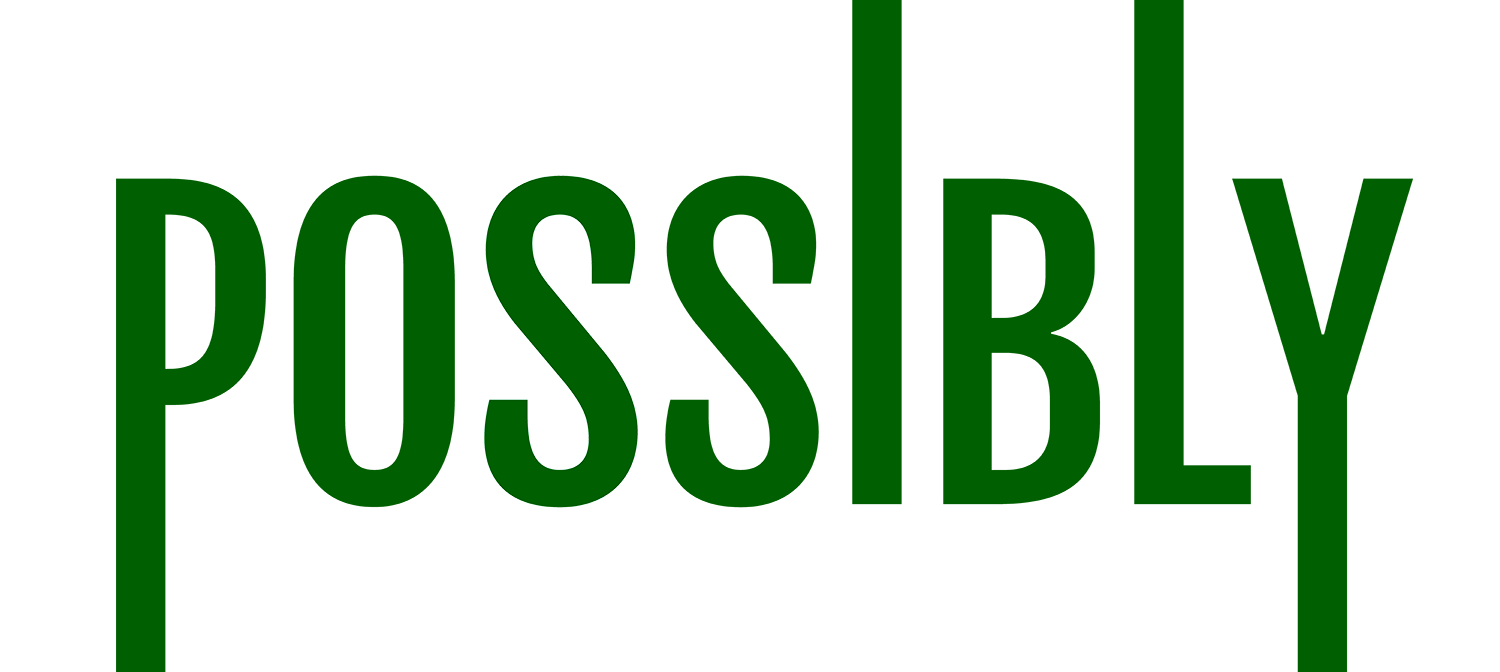
A lot of our oxygen actually comes from tiny microorganisms in the ocean. The picture above is of stromatolites. They were built up over time by microorganisms called cyanobacteria, which produce oxygen during photosynthesis.
Benjamin wants to know how many trees we need for everyone to have enough oxygen.

Megan Hall: Welcome to Possibly, where we take on huge problems like the future of our planet and break them down into small questions with unexpected answers. I’m Megan Hall.
Today, our question comes from a student at Sowams Elementary School in Barrington, Rhode Island. He’s curious about trees.
Benjamin: My name is Benjamin, I’m 8 years old. How many trees does it take to give everyone in the world oxygen?
That’s a great question! We had Isha Chawla and Fatima Husain from our Possibly team look into this. Welcome, Isha and Fatima!
Isha Chawla: Hi, Megan!
Fatima Husain: Hello!
Megan Hall: So, how many trees does it take to give everyone in the world oxygen?
Isha Chawla: It’s not quite as straightforward as you might think — because trees aren’t actually our main source of oxygen on Earth.
Megan Hall: So, where does our oxygen really come from then?
Fatima Husain: To figure that out, we spoke with Tim Herbert, a professor of oceanography and environmental science at Brown University.
Isha Chawla: He says, if there were no trees….
Tim Herbert: we would have a measurable drop in oxygen, but it would not be big enough that we would have trouble breathing, it would never get that low.
Megan Hall: Really? How does that work?
Fatima Husain: He says that a lot of the oxygen we breathe comes from tiny microorganisms in the ocean — many of which evolved billions of years before we even had land plants!
Tim Herbert: In the ocean, almost all the plants are so small, you couldn’t see them without a microscope, but they make about half of the oxygen. You don’t have to be big to make oxygen.
Megan Hall: So, how is it possible that these tiny plants create more oxygen than giant redwood trees?
Isha Chawla: Well, first — they’re not really plants — they’re the ancestors of plants. And second, they outnumber trees by a lot.
Fatima Husain: Before life on Earth began, there was really no oxygen in the atmosphere. In fact, those little microorganisms were responsible for the most significant environmental change in the history of our planet.
Megan Hall: What happened?
Isha Chawla: Just over two billion years ago, those tiny microorganisms evolved to use water and sunlight to create sugar and oxygen — a type of photosynthesis.
Fatima Husain: And Tim says that oxygen
Tim Herbert: was a waste product
Isha Chawla: At first, that oxygen just reacted with other elements in the ocean. But eventually, oxygen production outpaced consumption.
Megan Hall: Which means there was extra oxygen?
Fatima Husain: Yes, and for at least the last billion or so years, oxygen levels in the air haven’t really changed all that much.
Isha Chawla: And land plants didn’t even evolve until less than half a billion years ago.
Fatima Husain: So, thanks to our friends in the oceans, those levels of oxygen that have built up over time are pretty stable, which gives us enough air to breathe!
Megan Hall: So, let’s go back to Benjamin’s question- about how many trees we need to breathe. You’re saying if there were no trees, those tiny ocean critters would create enough oxygen?
Fatima Husain: Exactly: they’re responsible for at least half of the oxygen being produced on Earth today. And trees? They produce a lot less.
Isha Chawla: But don’t forget, trees do more than just produce oxygen. They absorb carbon dioxide and store it in wood, and that helps slow down climate change.
Megan Hall: Great! Thanks, Isha and Fatima! And thanks to Angela Zhang for helping with this episode.
That’s it for today. For more information, or to ask a question about the way you recycle, use energy, or make any other choice that affects the planet, go to the public’s radio dot org slash possibly. Or subscribe to us wherever you get your podcasts.
Possibly is a co-production of the Institute at Brown for Environment and Society and the Public’s Radio.
The post Possibly: How many trees do we need to breathe? appeared first on TPR: The Public's Radio.
